This page includes all of our Urban Education
India has long witnessed a steady stream of talented individuals leaving the country in search of opportunities abroad. In his book "Secession of the Successful", Sanjaya Baru refers to this pattern as a "silent exodus", questioning why global success stories don’t reflect back into national progress.
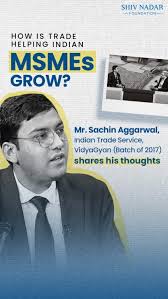
In the latest session of The Mentorship Hour hosted by the Shiv Nadar Foundation, Mr. Sachin Aggarwal explored the critical impact of trade on Indian MSMEs, highlighting both opportunities and challenges. Emphasizing the role of education in economic empowerment, the session underscored how the Foundation’s initiatives—especially in literacy and skill development—are preparing future entrepreneurs to navigate global markets and drive inclusive growth.
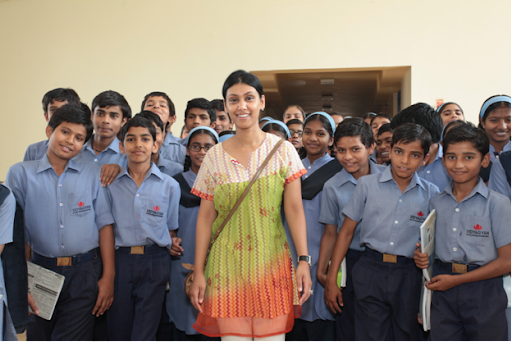
The Shiv Nadar Foundation is committed to bridging India’s educational divide by ensuring equitable access to quality elementary education. Through initiatives like VidyaGyan, Shiv Nadar University, and SSN Institutions, the foundation empowers underprivileged children—especially girls—by offering scholarships, resources, and inclusive learning environments, driving progress toward a just and educated society.
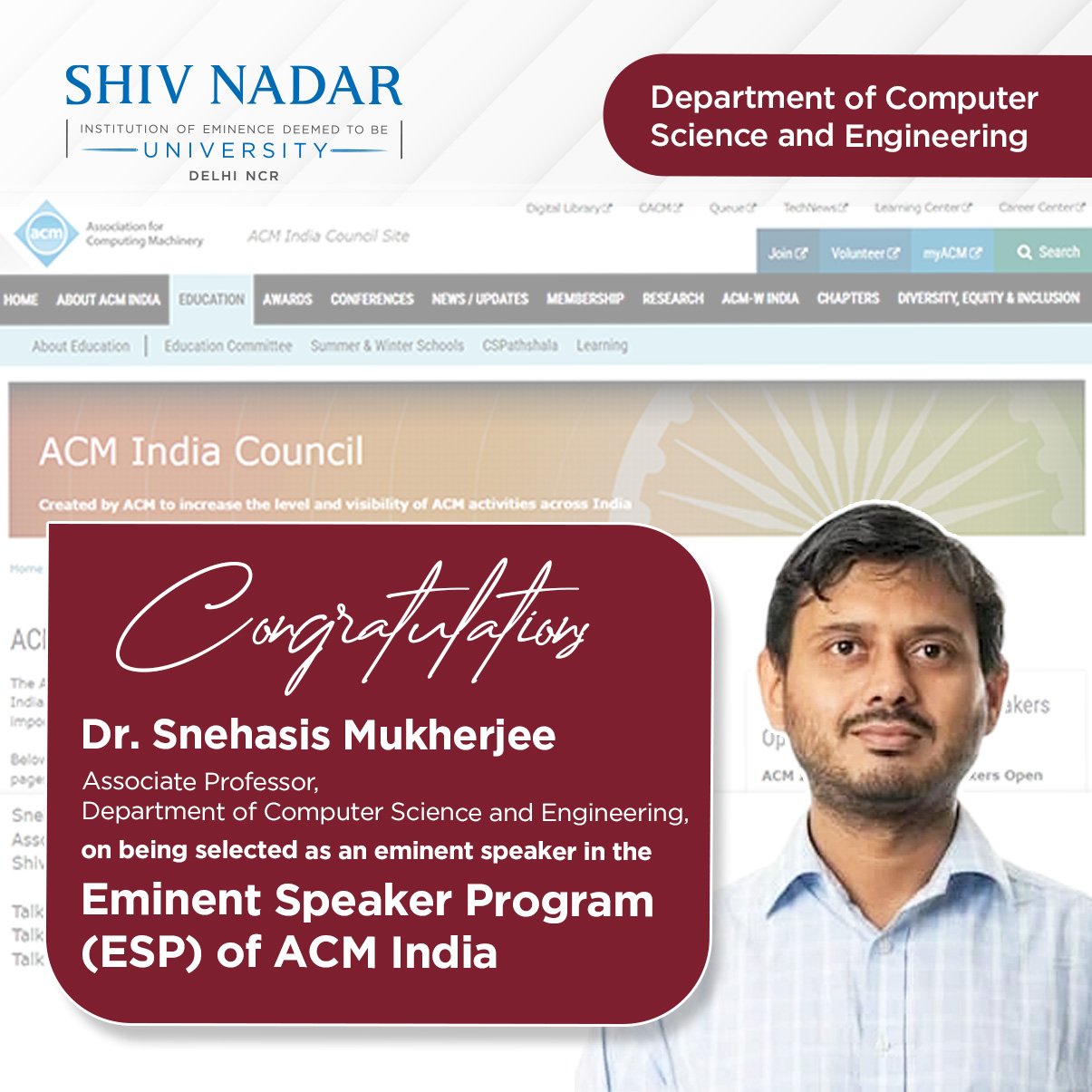
Dr. Snehasis Mukherjee, Associate Professor at Shiv Nadar University, has been named an ACM Eminent Speaker, recognizing his contributions to AI and machine learning. His upcoming talks will focus on cutting-edge topics like neural architecture optimization and computer vision, aligning with the Shiv Nadar Foundation’s mission to advance education, innovation, and societal impact through technology.
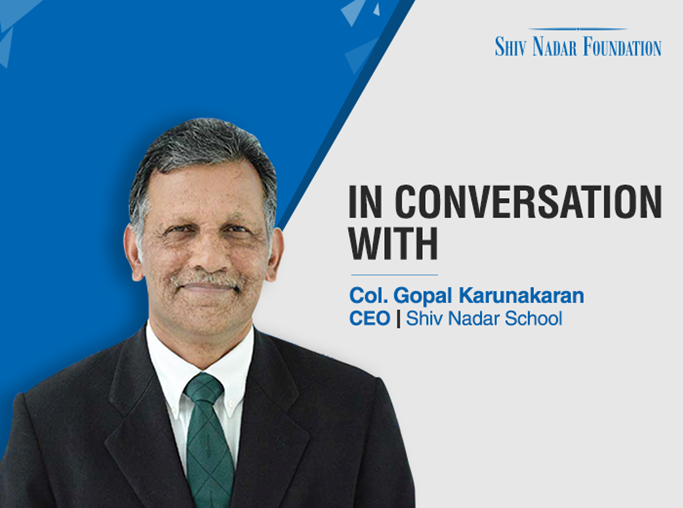
1. Shiv Nadar School’s approach to education is “Education for Life”. What does it mean and how do you implement it?
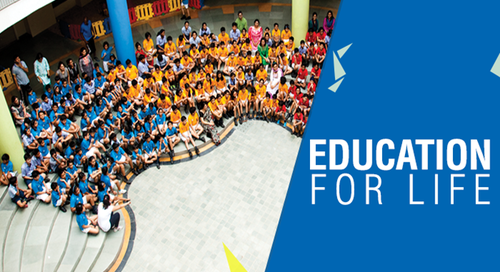
Every child is unique. We are all born with innate skills and aptitude and if nurtured, these become our biggest strengths and differentiators in life. Research shows that a child’s formative years are most crucial for nurturing her innate talent.
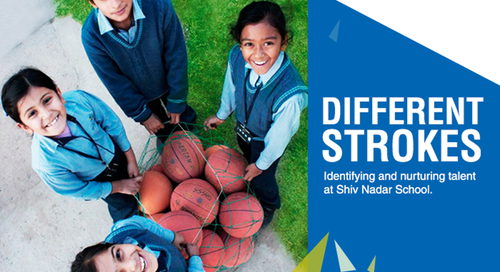
Every child is unique, in his or her thoughts, interests and abilities.
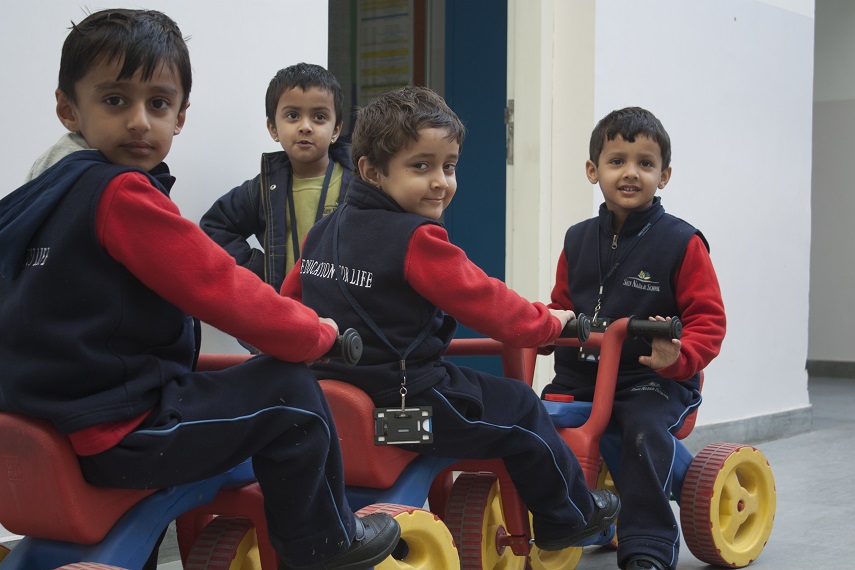
Over the last few decades, India has made visible progress in increasing literacy levels. However, as the nation progresses, the quality of education – possibly a bigger concern than the reach of education – is still a much debated subject.
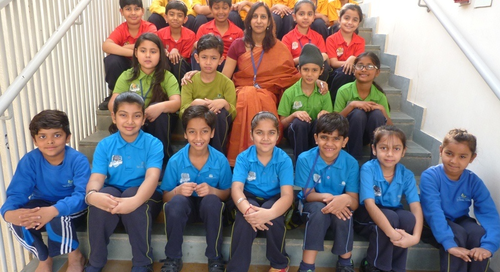
The legacy of any culture is very closely embedded in its language – oral traditions are passed on, history is put on paper and the intricacies of life are documented best in the language of the time, and of the people. Hindi, in many ways, is that language.